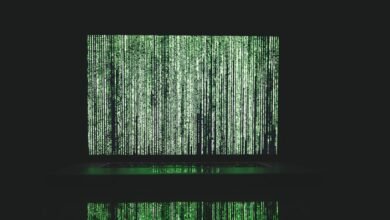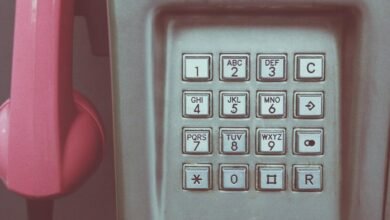Explore True Identity of 8559450390, 4694479430, 4014140477, 8645488070, 3322650932, 2013458667

The increasing prevalence of unknown phone numbers, such as 8559450390 and 4694479430, raises concerns about unsolicited calls. Individuals are often left wondering about the true identities behind these numbers. Utilizing reverse lookup services can provide crucial insights into these unknown callers. However, understanding the implications of such calls is equally important. As the digital landscape evolves, so do the methods for uncovering caller identities. What strategies can effectively mitigate the risks associated with these unknown contacts?
Methods to Identify Unknown Phone Numbers
Many individuals encounter the challenge of identifying unknown phone numbers, prompting the need for effective methods to unveil the true identity behind these calls.
Reverse lookup services offer a systematic approach for caller identification, allowing users to access detailed information about the caller.
Utilizing Online Resources for Phone Number Lookups
While the proliferation of mobile technology has facilitated communication, it has also led to an increase in unsolicited calls, making the need for phone number lookups more pertinent.
Online resources such as phone directories and reverse lookup services offer individuals the ability to identify unknown callers.
These tools empower users to reclaim their privacy and exercise control over their communications in an increasingly intrusive digital landscape.
Understanding the Implications of Unknown Calls
The rise of unknown calls has introduced a complex set of implications for individuals navigating their communication landscape.
The impact of spam not only disrupts daily life but also raises significant privacy concerns. As individuals grapple with the uncertainty of these calls, a deeper understanding of their origins and potential threats becomes essential for preserving personal freedom and maintaining secure communication practices.
Conclusion
As the mystery of the unknown callers lingers, individuals are left at a crossroads, compelled to uncover the identities behind these numbers. The potential for spam, scams, and unwanted solicitations heightens the urgency to act. By employing reverse lookup services and remaining vigilant, one can not only unveil the truth but also fortify their communication landscape. The question remains: who is truly on the other end of the line, waiting to reveal their intentions?





